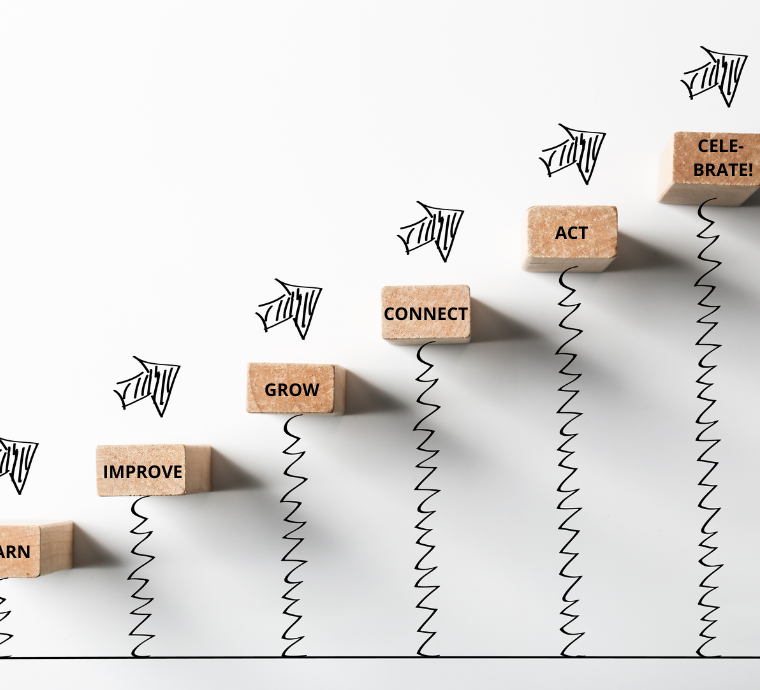If there is one question our Project Management team has received constantly in the past decade is “which one of the two methodologies, waterfall or agile, is the best?”. And it is no wonder, with world around us is moving with the highest pace ever, while organizations are pushing for better time to market results and with board members determined to show best-in-class services for their customers, all while adapting to an ever-changing environment.
No matter if you’ve led hundreds of teams in delivering projects or coached individuals in understanding their role in a new agile world, you find yourself challenged by such a straightforward question. Because, while the answer might be simple, based on your experience or professional results, the truth is unfolding itself differently and way more complex when it comes to real life practice. Therefore, the answer starts always with a rather disappointing “it depends!”
And the reason it truly depends is because, same as in everything surrounding us, there is no “one size fits all”. Last couple of years have seen more organization deciding to become more agile, as simple as such. As if just deciding it, things will turn immediately in the agile direction and from the next day employees will transform themselves in the high performing and self-organizing team each scrum master dreams about. While being an admirable decision and at least a curve ball in how projects used to be managed, I always compared the journey to “agilization” to a marathon, rather than a “sprint” (pun intended ). You need to train for it: as individual, as a team, as an organization.
Therefore, to reach performance in an agile set-up, every organization must undergo a serious transformation. Each individual needs to understand the “why”s and the “how”s and give their buy-in. Otherwise, your strategic objective will end up being a nice bullet point in a presentation.
All these efforts require time and effort, which in any business translate into costs. And this is where the though decisions must be made: do we invest in getting ready and in preparing on the long run, or we simply try to be agile from the get-go and learn by doing.
Of course, learning together as a team while moving towards agile has its benefits (better understanding of skills and knowledge areas, higher collaboration), but it also presents challenges. While proving all the willingness to support and be an active part of an agile team, sometimes the change is so dramatic that people need time and support to process it. Few years ago, while supporting the set-up of a scrum team in an internal project, one of our scrum masters ensured training sessions on methodology for the entire team, as well as dedicated support for the various roles, remaining as coach for the next weeks as agreed with the business owner. While everyone was excited and looking forward to the first sprint planning session, when the team reached the backlog refinement, they were surprised that everything had to be done in one session – they were used to work standalone for months and then come up with some requirements and only after that to discuss them. The first session did not end on the highest note, because only when it was faced with real practice, the team realized that change is expected from them and the old working model in no longer desired.
When it comes to moving in any direction, from waterfall-driven methodology to agile and vice-versa, the biggest and most complicated change is the one of the mindsets.
The learning was that when it comes to moving in any direction, from a waterfall to agile methodology and vice-versa, the biggest and most complicated change is the one of the mindsets. And the mindset of your business owners and team coordinators is probably the most relevant one. While conversion from sponsor and steering committee member to product owner might seem an easy step, in the end it could even be the same person, the rapid reaction and decision-making approach can make a significant difference. You can wait for the monthly steering meeting to find out the status of your implementation or you can move your desk next to the project team and find out as soon as they need a decision.
Project manager and scrum master roles are also the ones to be considered as intertwined, creating the highest space of apparent flexibility and adaptation. In the end you can send your project management community to an intensive scrum master training and they should all come back as masters, right? It is a “masters” training in the end.
But while most people can adapt to changing roles and responsibilities, no matter their education or professional background, turning from a weekly status meeting to see if your project team survived the UAT, to a “servant leader” being there every step of the way, can be a challenge not everyone is willing to face and there is no blaming in doing so. After all, each of us must stay truthful to our core values and our motivating professional factors.

The examples above are not aiming to prove that certain roles are limited by one methodology or the other, or that some individuals cover or not their responsibilities with due diligence. But rather that, no matter what it the strategic direction of an organization, a project or even a sprint, it involves commitment and top-down investment.

Which leads us to “it depends!”. Because one or the other might be better depending on:
- The readiness level of the team: have they worked in waterfall project for the last 25 years? Well, it might take some time before your first sprint planning.
- The availability of resources and knowledge: do you have a skilled scrum master and is he/she available for your project?
- The specifics of the project: sometimes, no matter how much you push for sprint delivery, the complexity of the project set-up doesn’t allow it. Of course, you can have sprints within the different project phases (commonly done within development), but the overall project might require a phased planning which you simply cannot avoid.
- The BUDGET (a personal favorite topic, since after many years of delivering projects in finance are, author’s middle name might be “budget”). Waterfall projects tend to be rather attentive to budget planning and budget is one of the key topics on which project managers report to almost everyone in the organization. Agile projects have the benefit of a rather idealistic set-up in which budget seems to never be a concern.
Although the thought process of analyzing the “waterfall vs. agile” conundrum might create confusion over how projects can be delivered when we have not established the rules of the game, the truth is that understanding the principles of both and knowing the best project environments in which they can deliver optimal results is the best way to start. Whenever you are faced with a decision, step away from the trendiness of one or the other methodology, from the advice given by your sponsor or your friend, and look at the project, your project and your overall company and decide. In the end, every new project turns into a learning opportunity.
And if we can help with our experience in answering some of your questions, we are only one phone call or email away! We are true believers in the power of brainstorming. For more, check out the services we can provide.
Your truly,
IDS PM Team


























